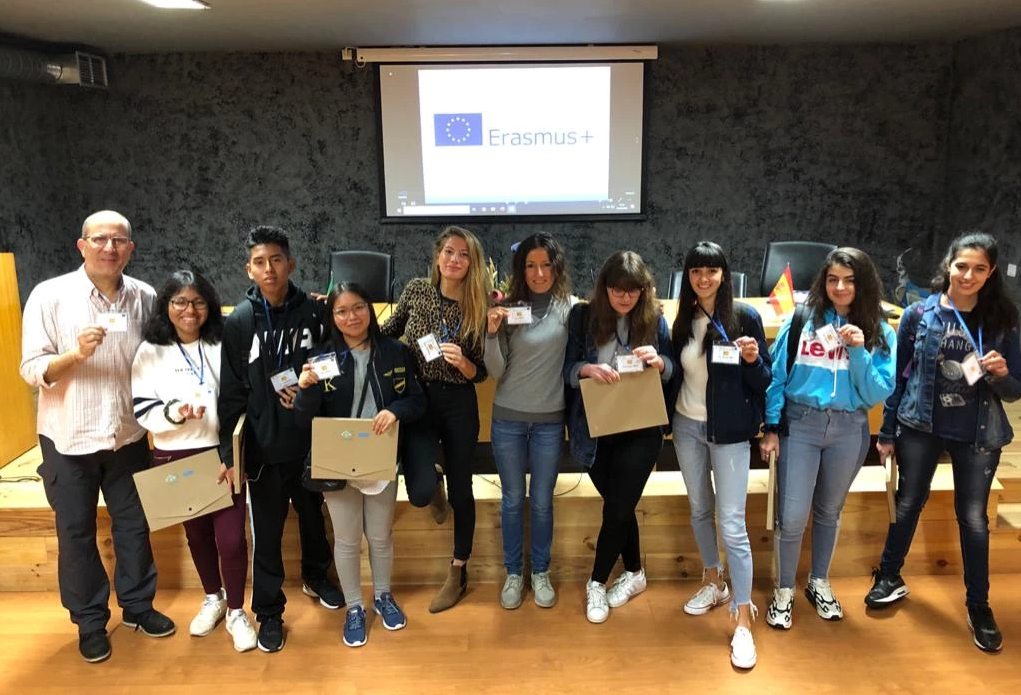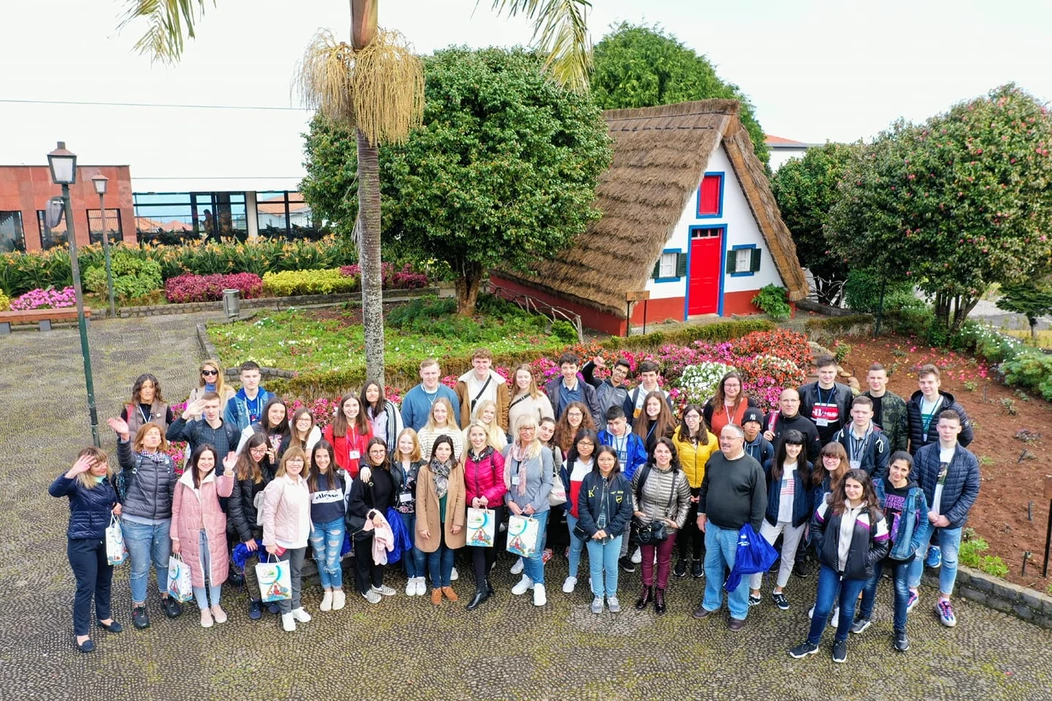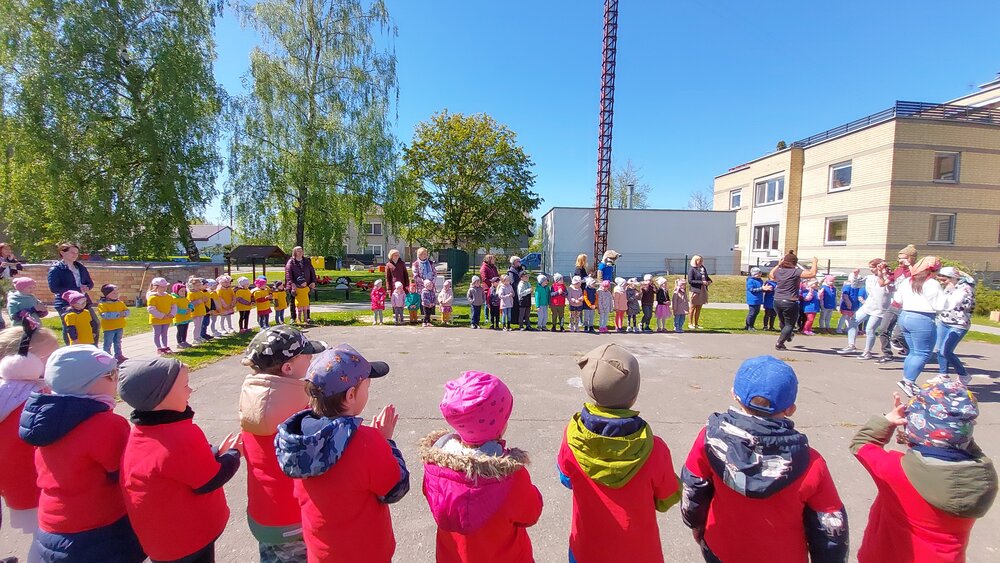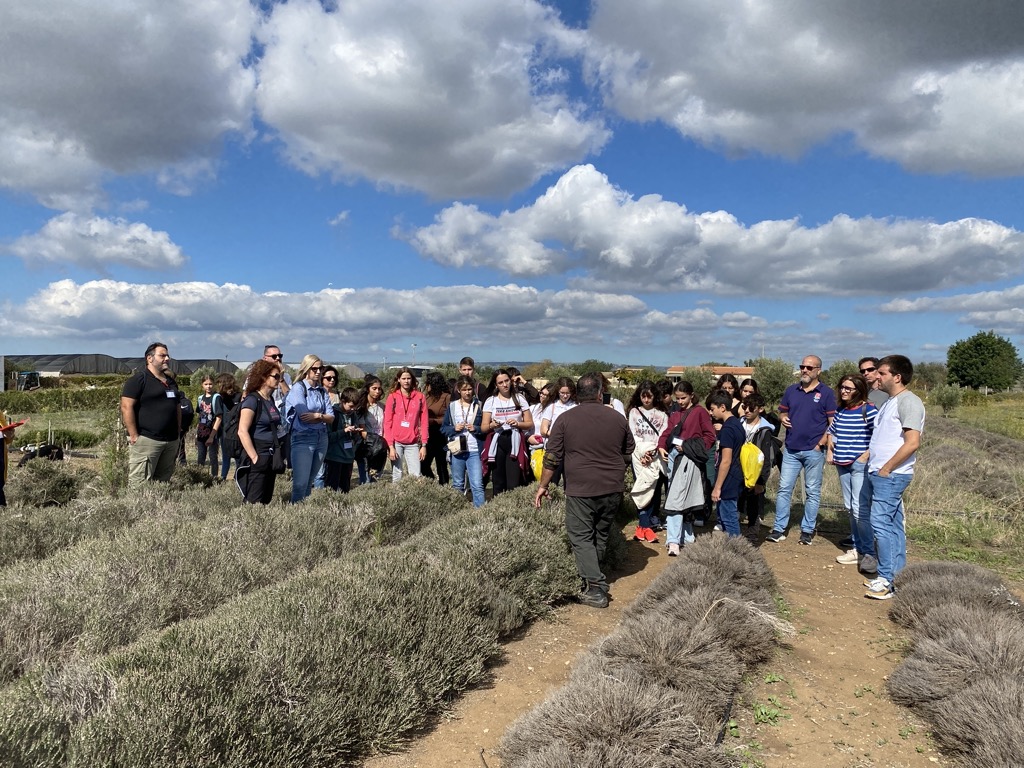.png)
INTERCULTURAL VOLUNTEER TEENAGERS’AWARENESS

VOLUNTEERINGVolunteering is generally considered an altruistic activity where an individual or group provides services for no financial or social gain “to benefit another person, group or organization”. Volunteering is also renowned for skill development and is often intended to promote goodness or to improve human quality of life. Volunteering may have positive benefits for the volunteer as well as for the person or community served. It is also intended to make contacts for possible employment. Many volunteers are specifically trained in the areas they work, such as medicine, education, or emergency rescue. Others serve on an as-needed basis, such as in response to a natural disaster. Etymology and historyThe verb was first recorded in 1755. It was derived from the noun volunteer, in C.1600, “one who offers himself for military service,” from the Middle French voluntaire. In the non-military sense, the word was first recorded during the 1630s. The word volunteering has more recent usage—still predominantly military—coinciding with the phrase community service In a military context, a volunteer army is a military body whose soldiers chose to enter service, as opposed to having been conscripted. Such volunteers do not work “for free” and are given regular pay. 19th centuryDuring this time, America experienced the Great Awakening. People became aware of the disadvantaged and realized the cause for movement against slavery. Younger people started helping the needy in their communities[citation needed]. In 1851, the first YMCA in the United States was started, followed seven years later by the first YWCA. During the American Civil War, women volunteered their time to sew supplies for the soldiers and the “Angel of the Battlefield” Clara Barton and a team of volunteers began providing aid to servicemen. Barton founded the American Red Cross in 1881 and began mobilizing volunteers for disaster relief operations, including relief for victims of the Johnstown Flood in 1889. 20th and 21st centuriesThe Salvation Army is one of the oldest and largest organizations working for disadvantaged people. Though it is a charity organization, it has organized a number of volunteering programs since its inception.Prior to the 19th century, few formal charitable organizations existed to assist people in need. In the first few decades of the 20th century, several volunteer organizations were founded, including the Rotary International, Kiwanis International, Association of Junior Leagues International, and Lions Clubs International. The Great Depression saw one of the first large-scale, nationwide efforts to coordinate volunteering for a specific need. During World War II, thousands of volunteer offices supervised the volunteers who helped with the many needs of the military and the home front, including collecting supplies, entertaining soldiers on leave, and caring for the injured. After World War II, people shifted the focus of their altruistic passions to other areas, including helping the poor and volunteering overseas. A major development was the Peace Corps in the United States in 1960. When President Lyndon B. Johnson declared a War on Poverty in 1964, volunteer opportunities started to expand and continued into the next few decades. The process for finding volunteer work became more formalized, with more volunteer centers forming and new ways to find work appearing on the World Wide Web. According to the Corporation for National and Community Service (in 2012), about 64.5 million Americans, or 26.5 percent of the adult population, gave 7.9 billion hours of volunteer service worth $175 billion. This calculates at about 125–150 hours per year or 3 hours per week at a rate of $22 per hour. Volunteer hours in the UK are similar; the data for other countries is unavailable. In 1960, after the so-called revolutionary war in Cuba ended, Ernesto Che Guevara created the concept of volunteering work. It was created with the intention that workers across the country volunteer a few hours of work on their work centers. TypesVolunteering as utilized by service learning programs Many schools on all education levels offer service-learning programs, which allow students to serve the community through volunteering while earning educational credit.[ Skills-based volunteering Skills-based volunteering is leveraging the specialized skills and the talents of individuals to strengthen the infrastructure of nonprofits, helping them build and sustain their capacity to successfully achieve their missions. This is in contrast to traditional volunteering, where specific training is not required. An increasingly popular form of volunteering among young people, particularly gap year students and graduates, is to travel to communities in the developing world to work on projects with local organisations. Activities include teaching English, working in orphanages, conservation, assisting non-governmental organizations and medical work. International volunteering often aims to give participants valuable skills and knowledge in addition to benefits to the host community and organization. Virtual volunteering Also called e-volunteering or online volunteering, virtual volunteering is a volunteer who completes tasks, in whole or in part, offsite from the organization being assisted. They use the Internet and a home, school, telecenter or work computer, or other Internet-connected device, such as a PDA or smartphone. Virtual volunteering is also known as cyber service, telementoring, and teletutoring, as well as various other names. Virtual volunteering is similar to telecommuting, except that instead of online employees who are paid, these are online volunteers who are not paid. Micro-volunteering Micro-volunteering is a task performed via an internet-connected device. An individual typically does this task in small, un-paid increments of time. Micro-volunteering is distinct from “virtual volunteering” in that it typically does not require the individual volunteer to go through an application process, screening process, or training period. Environmental volunteering Environmental volunteering refers to the volunteers who contribute towards environmental management or conservation. Volunteers conduct a range of activities including environmental monitoring, ecological restoration such as re-vegetation and weed removal, protecting endangered animals, and educating others about the natural environment. Volunteering in an emergency Volunteering often plays a pivotal role in the recovery effort following natural disasters, such as tsunamis, floods, droughts, hurricanes, and earthquakes. For example, the 1995 Great Hanshin-Awaji earthquake in Japan was a watershed moment, bringing in many first-time volunteers for earthquake response. The 2004 Indian Ocean earthquake and tsunami attracted a large number of volunteers worldwide, deployed by non-governmental organizations, government agencies, and the United Nations. During the 2012 hurricane Sandy emergency, Occupy Sandy volunteers, formed a laterally organized rapid-response team that provided much needed help during and after the storm, from food to shelter to reconstruction. It is an example of mutualism at work, pooling resources and assistance and leveraging social media. Volunteering in schools Resource poor schools around the world rely on government support or on efforts from volunteers and private donations, in order to run effectively. In some countries, whenever the economy is down, the need for volunteers and resources increases greatly. There are many opportunities available in school systems for volunteers. Yet, there are not many requirements in order to volunteer in a school system. Whether one is a high school or TEFL (Teaching English as a Foreign Language) graduate or college student, most schools require just voluntary and selfless effort. Much like the benefits of any type of volunteering there are great rewards for the volunteer, student, and school. In addition to intangible rewards, volunteers can add relevant experience to their resumes. Volunteers who travel to assist may learn foreign culture and language. Volunteering in schools can be an additional teaching guide for the students and help to fill the gap of local teachers. Cultural and language exchange during teaching and other school activities can be the most essential learning experience for both students and volunteers. Corporate volunteering Benefacto, a volunteering brokerage, describe corporate volunteering as “Companies giving their employees an allowance of paid time off annually, which they use to volunteer at a charity of their choice.” A majority of the companies at the Fortune 500 allow their employees to volunteer during work hours. These formalized Employee Volunteering Programs (EVPs), also called Employer Supported Volunteering (ESV), are regarded as a part of the companies’ sustainability efforts and their social responsibility activities. About 40% of Fortune 500 companies provide monetary donations, also known as volunteer grants, to nonprofits as a way to recognize employees who dedicate significant amounts of time to volunteering in the community. According to the information from VolunteerMatch, a service that provides Employee Volunteering Program solutions, the key drivers for companies that produce and manage EVPs are building brand awareness and affinity, strengthening trust and loyalty among consumers, enhancing corporate image and reputation, improving employee retention, increasing employee productivity and loyalty, and providing an effective vehicle to reach strategic goals.[24] In April 2015, David Cameron pledged to give all UK workers employed by companies with more 250 staff mandatory three days’ paid volunteering leave, which if implemented will generate an extra 360 million volunteering hours a year. Community volunteer work Community volunteering, in the US called “community service”, refers globally to those who work to improve their local community. This activity commonly occurs through not for profit organizations, local governments and churches; but also encompasses ad-hoc or informal groups such as recreational sports teams. Benefits of community volunteer work There are many proven personal benefits of community volunteerism. Working together with a group of people who have different ethnicity, backgrounds, and views reduces stereotypes. Community volunteerism has also been proven to improve student’s academic success. According to Where’s the Learning in Service Learning? by Janet Eyler and Dwight E. Giles, immersing oneself into service learning and serving others has many positive effects both academic and personal. Not only does surrounding oneself with new people and learning how to work together as a group help one improve teamwork and relational skills, it reduces stereotypes, increases appreciation of other cultures, and works to allow young people to find others that they relate to. Eyler and Giles noted that at the beginning and end of a college semester that included three hours of community service a week, students reported a much higher regard for cultural differences. At the end of the semester those who had participated in service-learning were noted as saying that the most important things that they had learned were not to judge others, and to appreciate every type of person because everyone shares some similar key characteristics. Community volunteer work has proven to be a powerful predictor in students’ academic lives and college experience as a whole. Studies have shown that students who participate in community service as a part of their college course of study have a much higher correlation of completing their degree (Astin, 1992; Pascarella and Terenzini, 1991. In addition, college students who participate in community volunteer projects as a part of their college experience report finding a much greater relevance in their academic studies after completing community volunteer projects. According to University Health Services, studies have found that volunteering can positively impact a student’s overall mental and emotional health. Social volunteering or welfare volunteering In some European countries government organisations and non-government organisations provide auxiliary positions for a certain period in institutions like hospitals, schools, memorial sites and welfare institutions. The difference to other types of volunteering is that there are strict legal regulations, what organisation is allowed to engage volunteers and about the period a volunteer is allowed to work in a voluntary position. Due to that fact, the volunteer is getting a limited amount as a pocket money from the government. An organization having one of the biggest manpower in Europe is the German Federal volunteers service (Bundesfreiwilligendienst), that was founded in 2011, by having more than 35.000 federal volunteers in 2012.[31] A much older institution is the Voluntary social year (Freiwilliges Soziales Jahr) in Austria and Germany. Volunteering at Major Sporting Events Sochi Olympics 25,000 volunteers worked at the 2014 Sochi Winter Olympics. They supported the organisers in more than 20 functional areas: meeting guests, assisting navigation, organising the opening and closing ceremonies, organising food outlets, etc. Volunteer applications were open to any nationals of Russia and other countries. The Sochi 2014 Organising Committee received about 200,000 applications, 8 applicants per place. Volunteers received training over the course of more than a year at 26 volunteer centres in 17 cities across Russia. The majority of participants were between 17 and 22 years old. At the same time, 3000 applications were submitted from people over 55 years old. Some of them worked as volunteers during the 1980 Olympics in Moscow. It was the first experience with such a large-scale volunteer program in the contemporary Russia. Source:Wikipedia |









